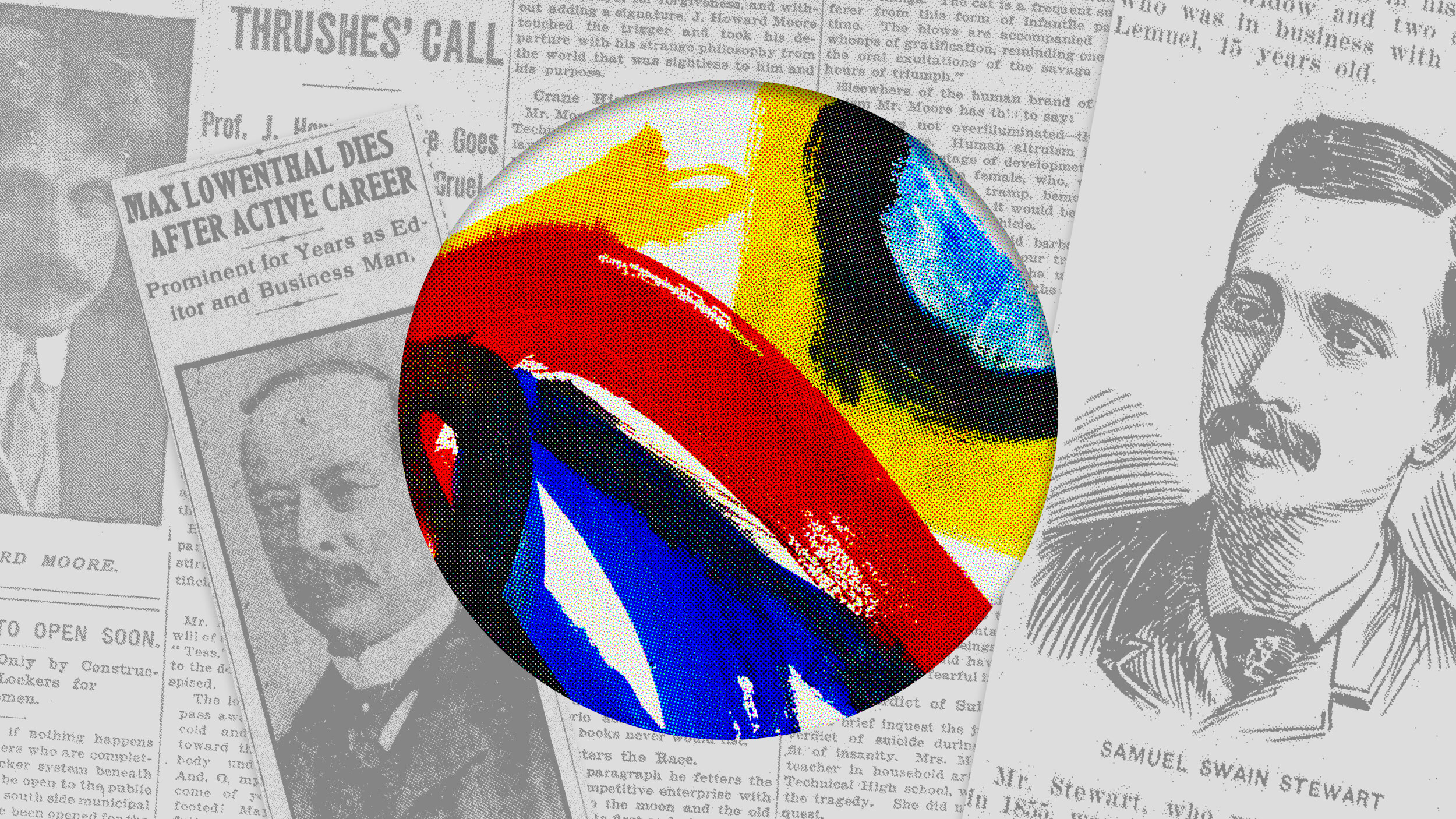All chefs borrow, Carmellini says.
Question: Who owns a recipe?
Andrew Carmellini: Well, this is an interesting question that without offending a lot of chefs that I know, you know, every chef is going to borrow something from someone else, and it’s about, I mean, just like I said before, if I go to Oaxaca and I have, you know, some chicken mole that-- I might not have the recipe from it, but the balance between all the ingredients of it, I’m going to remember what they are and I might, you know, reproduce that in some way even though it’s not like a chef or a recipe or even a technique, it’s just a flavor. You know, and there are definitely things that the chefs that I’ve worked for before, you know, you take, that’s how you get a cooking voice really, it’s about collecting. But I always think to myself is this a Daniel Boulud dish, because if it is, I’m getting rid of it. Not because it won’t be good, it’s just because I don’t want to do that. Or, my grandmother’s ravioli, is that some culinary revolution that was never done before? Absolutely not. But it is interesting about culinary trends and proprietary stuff, and because I’ve gone back and forth through Europe over many years and have eaten at a lot of places, there’s a lot of chef borrowing that’s gone over the years that never gets checked by the media because not everyone knows about it. And there are lots of incidents of, I still see it all the time. I mean, I’ve been to El Bulli three times now, and there was a particular dish that he did, it was probably like four years ago, it was the apple caviar technique, which was when he started to really consult chemists, and he made this, it looked like caviar, but it tasted like green apples. And I had that in it was like June, it was like right when they first opened, like the beginning of the season. And that was a dish that they had introduced that year. And I came back to New York and about a month later I ate at a restaurant in Manhattan and there was pineapple caviar on the menu already, in a matter of a month really. There was a dish that I had in San Francisco probably 12 years ago, it was a lobster dish at probably one of the better restaurants in San Francisco, and I thought it was great. Then I went to go work at a restaurant in Paris for six months and it was their signature dish. Like the chef’s signature dish. I saw, on the TV Food Network I saw a chef that you might know doing his famous potato crusted sea bass which Daniel Boulud was doing at LaCirque in 1986. But, Daniel, to his credit, and even in his cookbook, you know, he says where he got the inspiration for that dish. He attributed it to Roger Rogets’ potato crusted Roget, and he just adapted it in a way to an American fish and changed the shape and look of it, but he still gave, you know, some credit where credit was due. And that I always thought was respectful. So that was cool.
Recorded: 4/17/08





